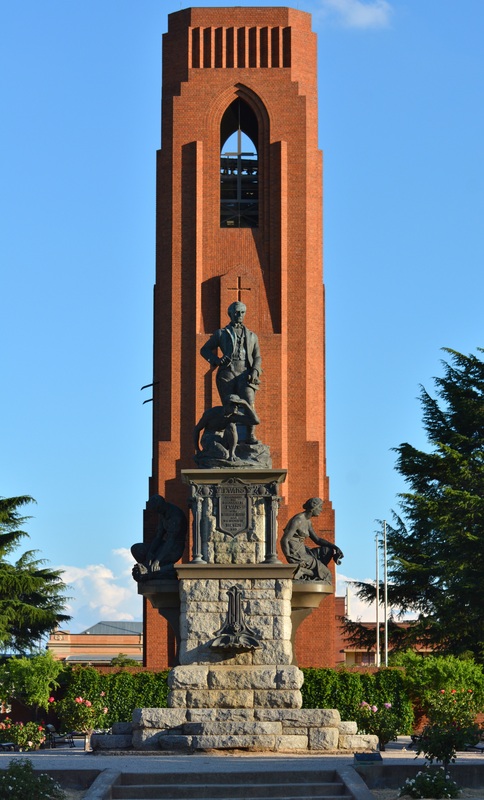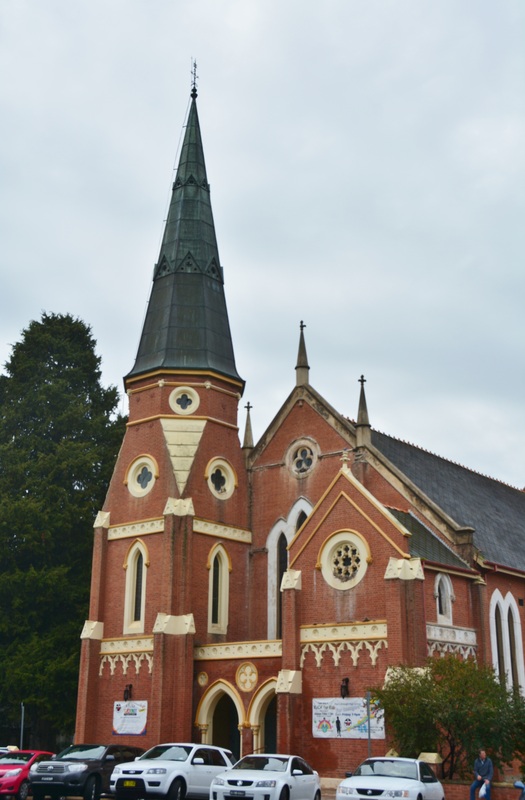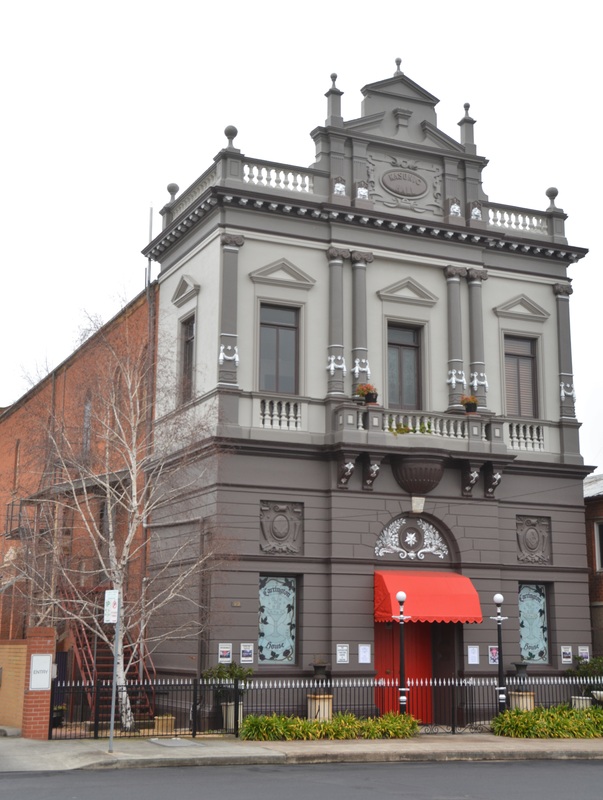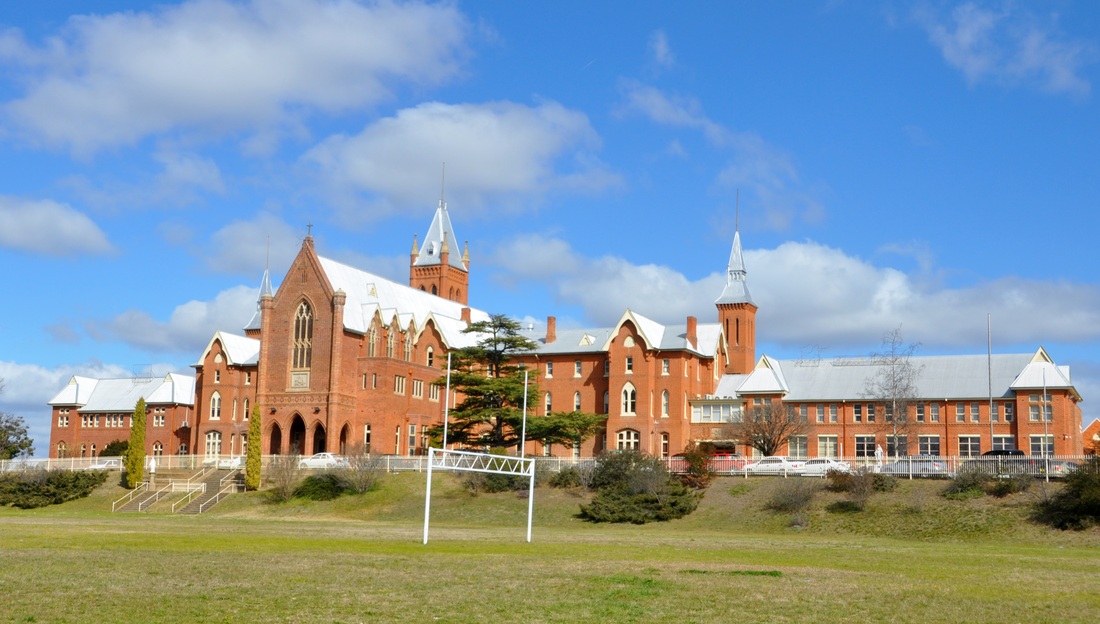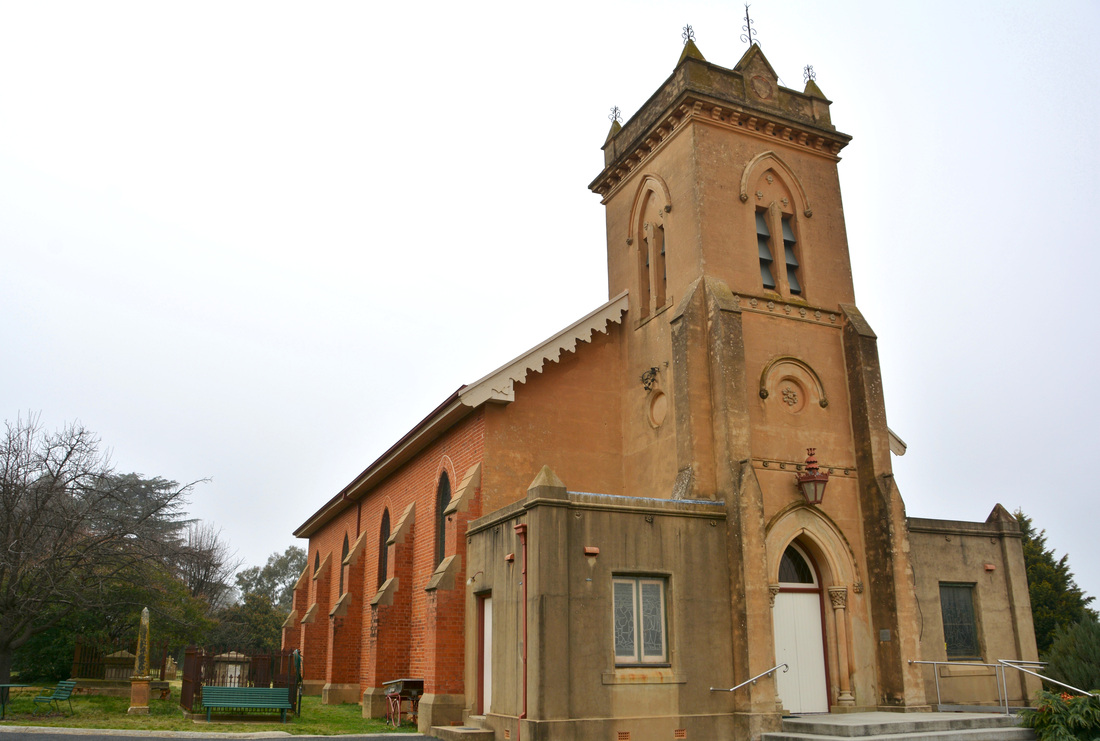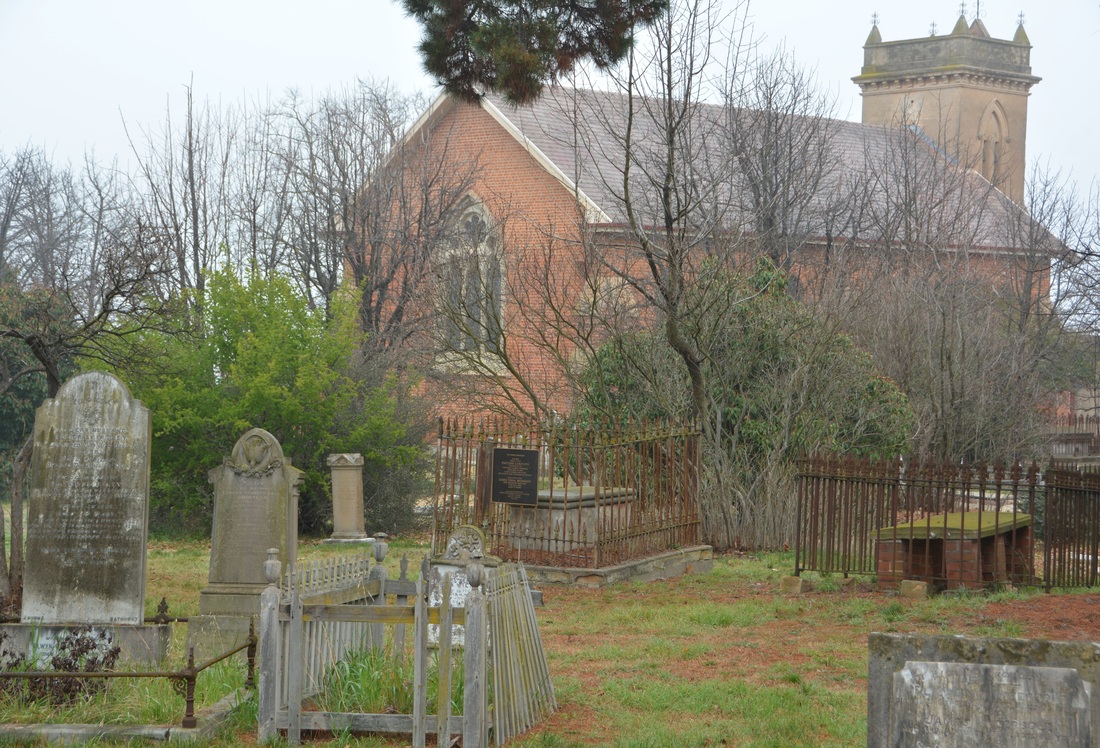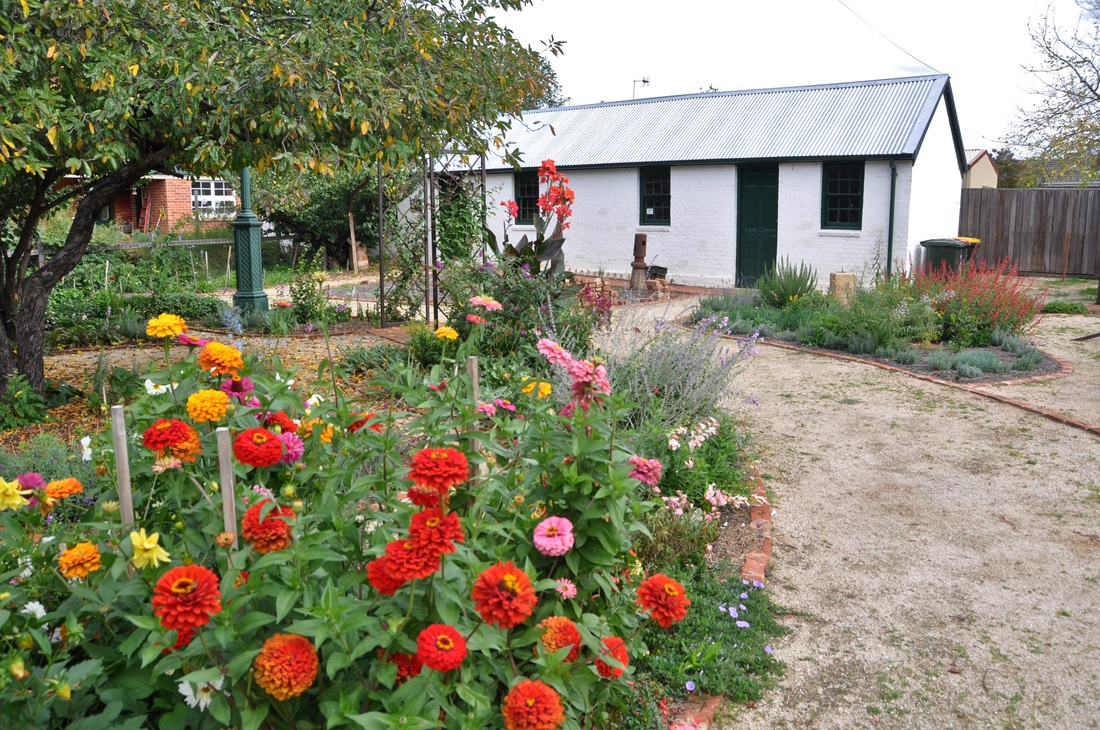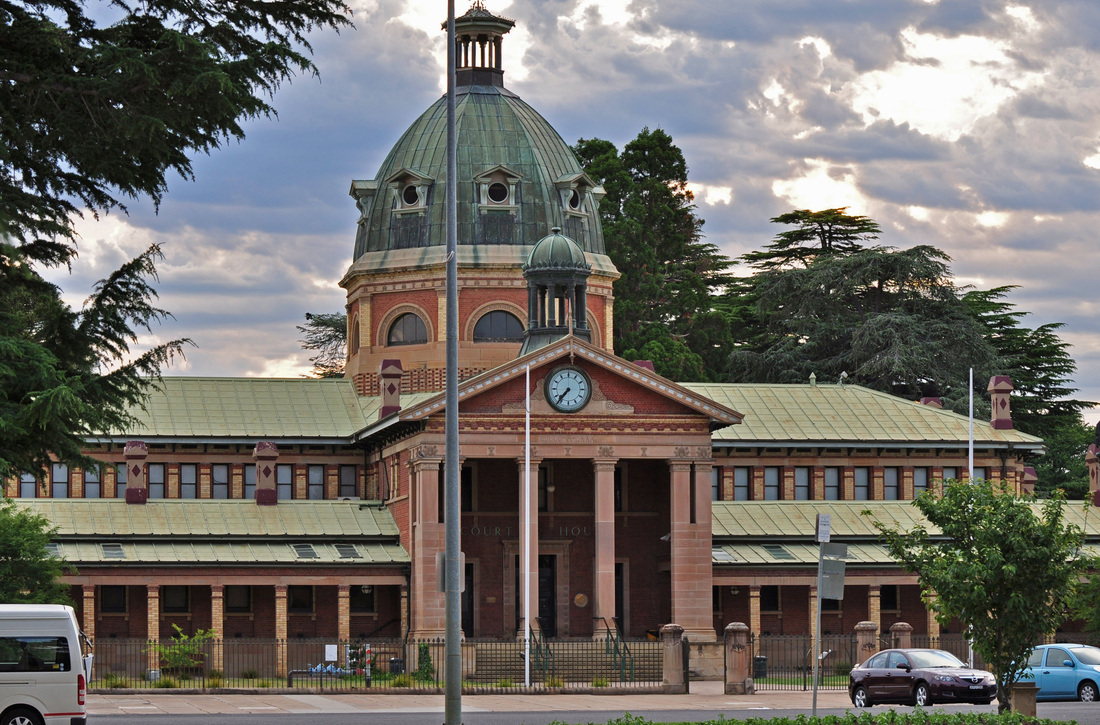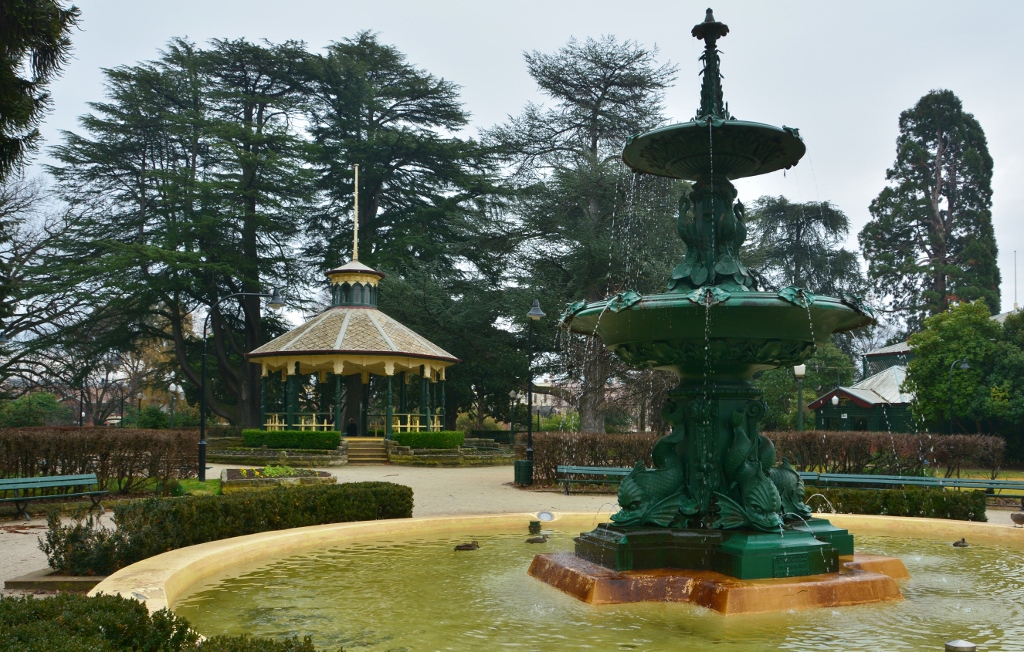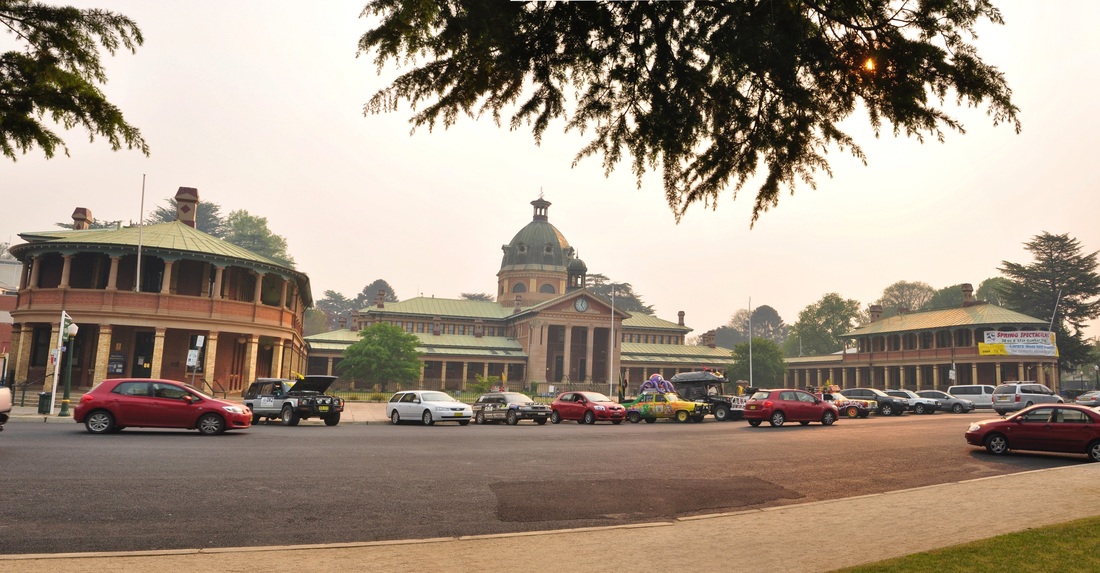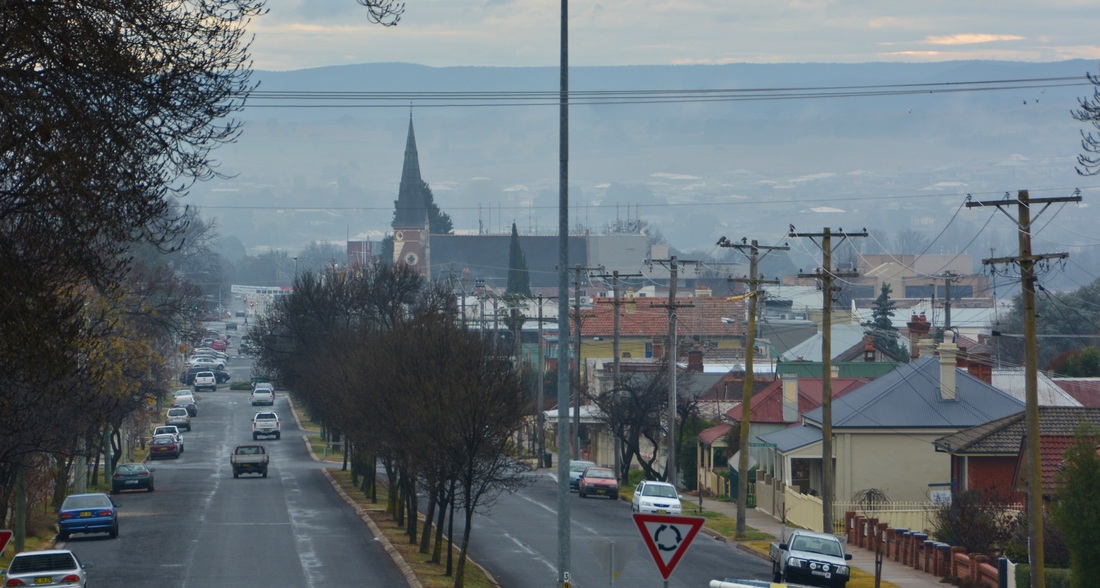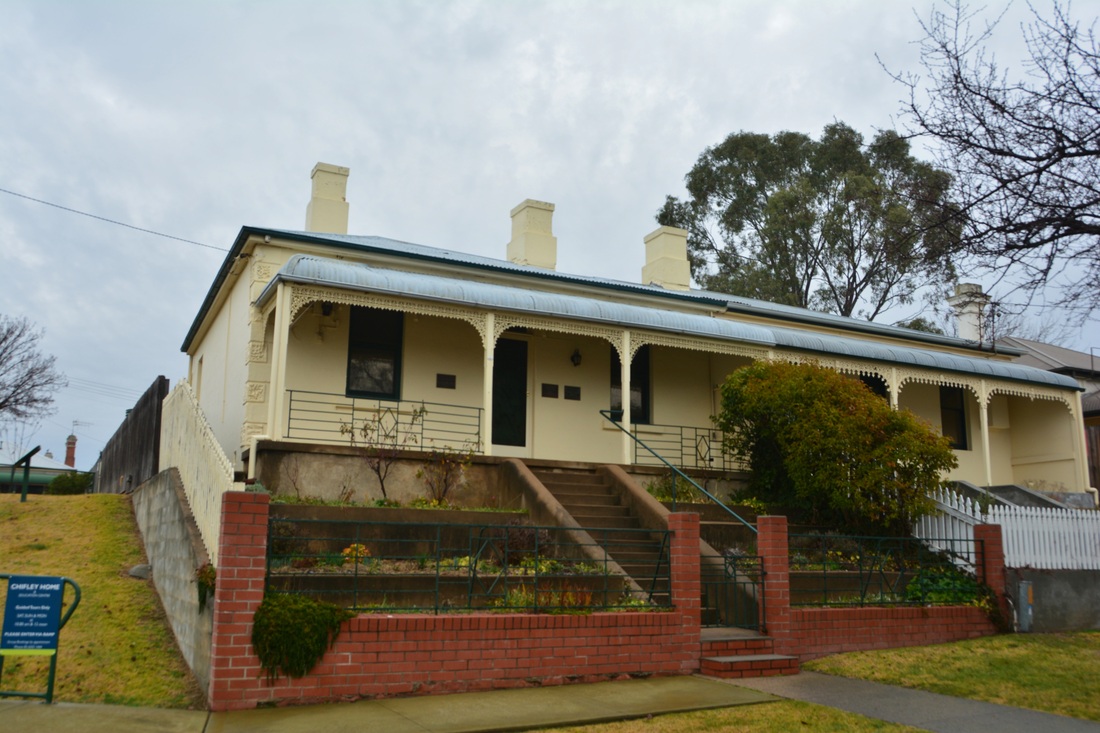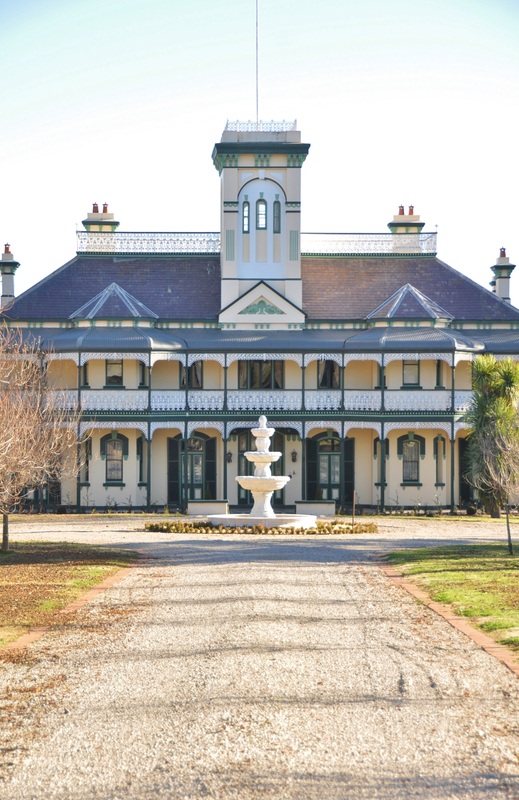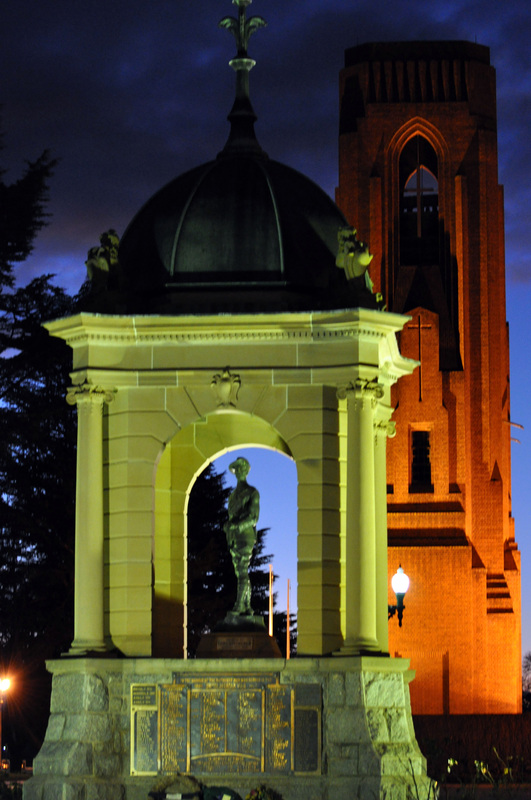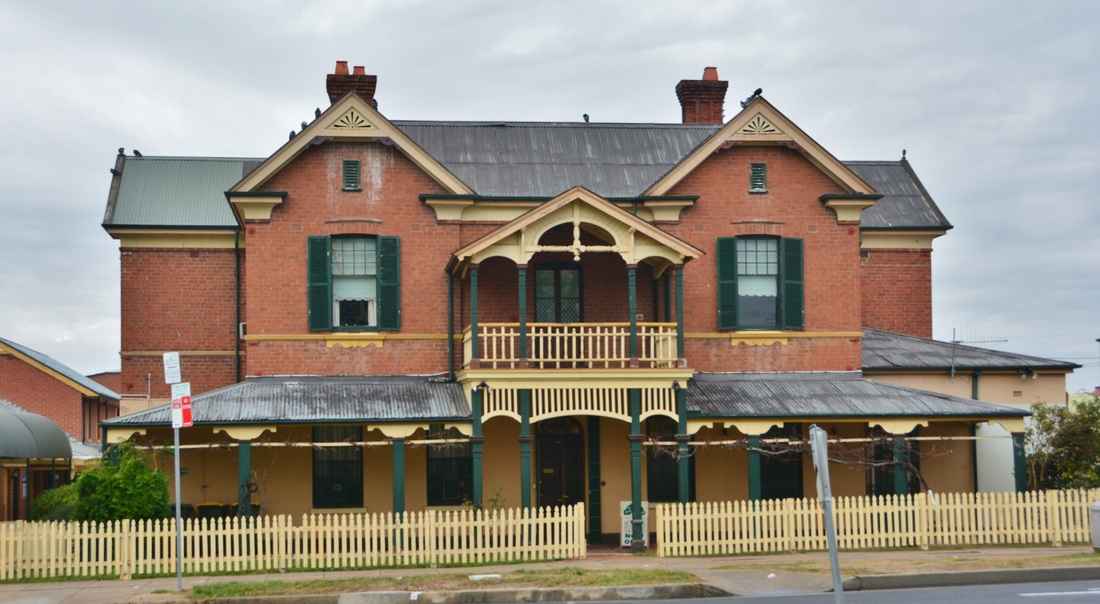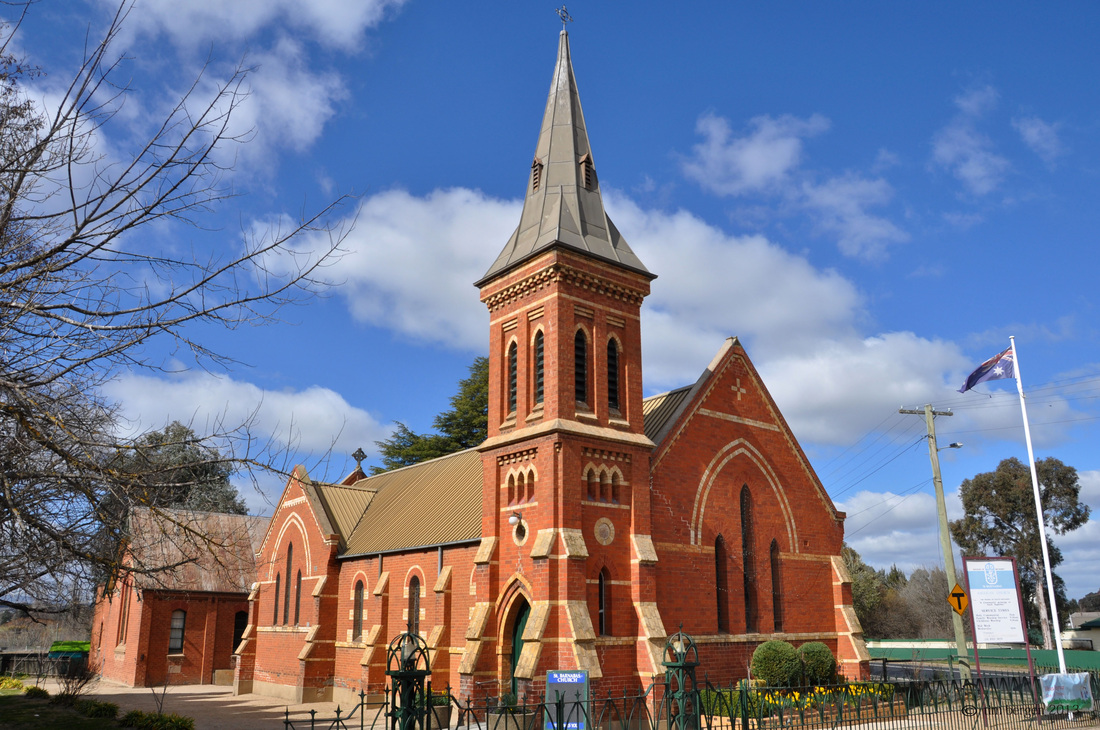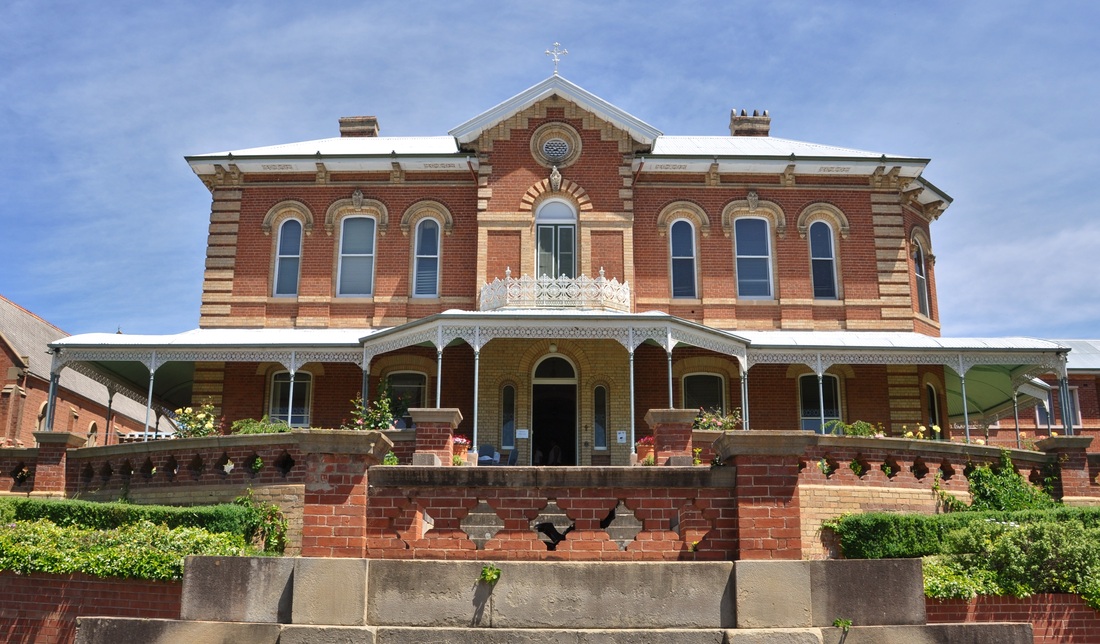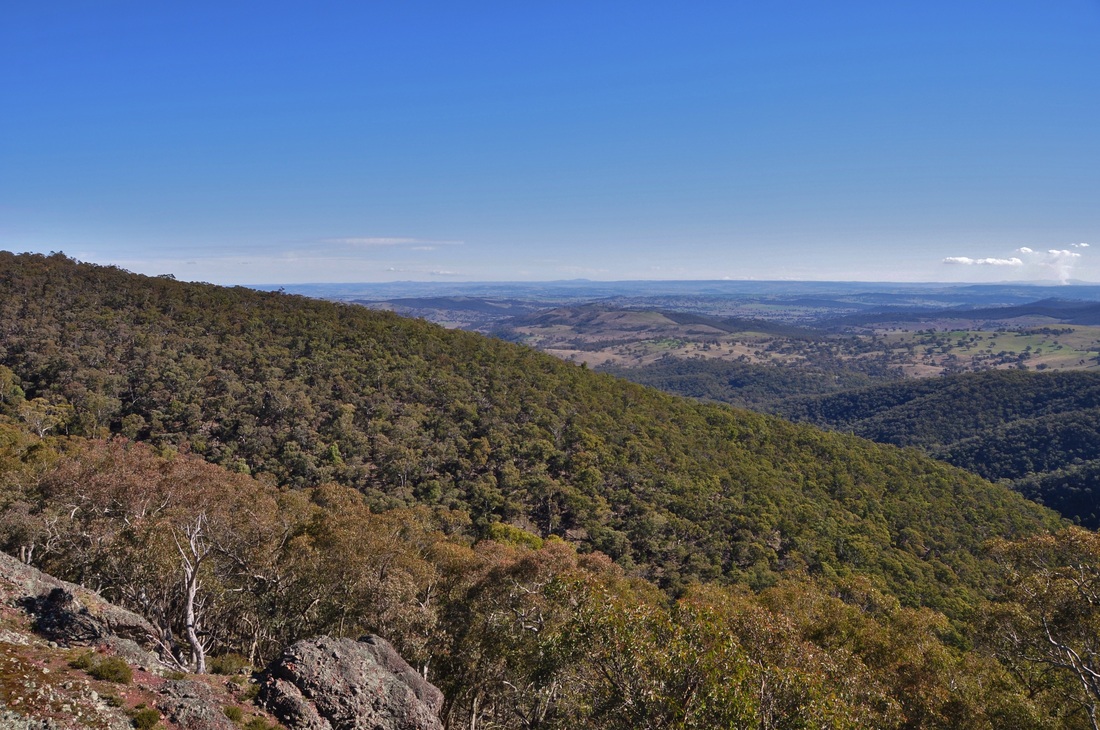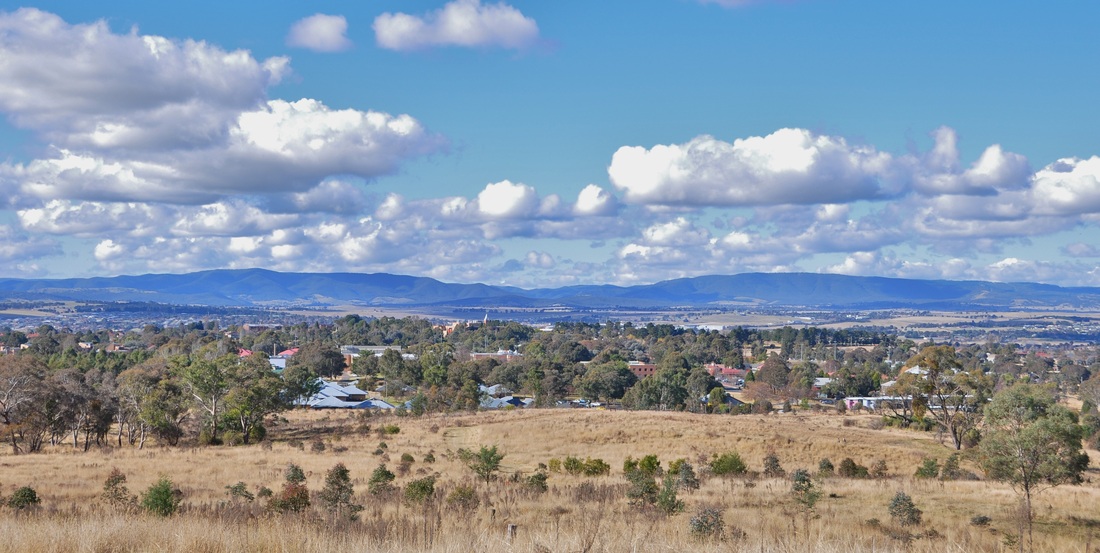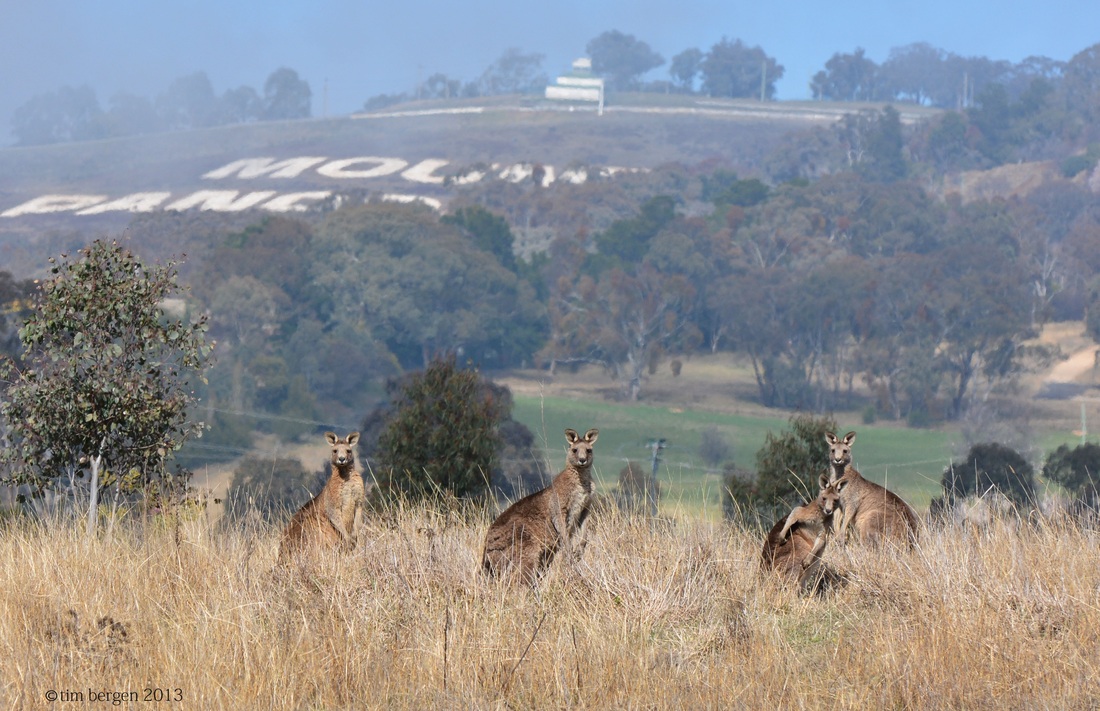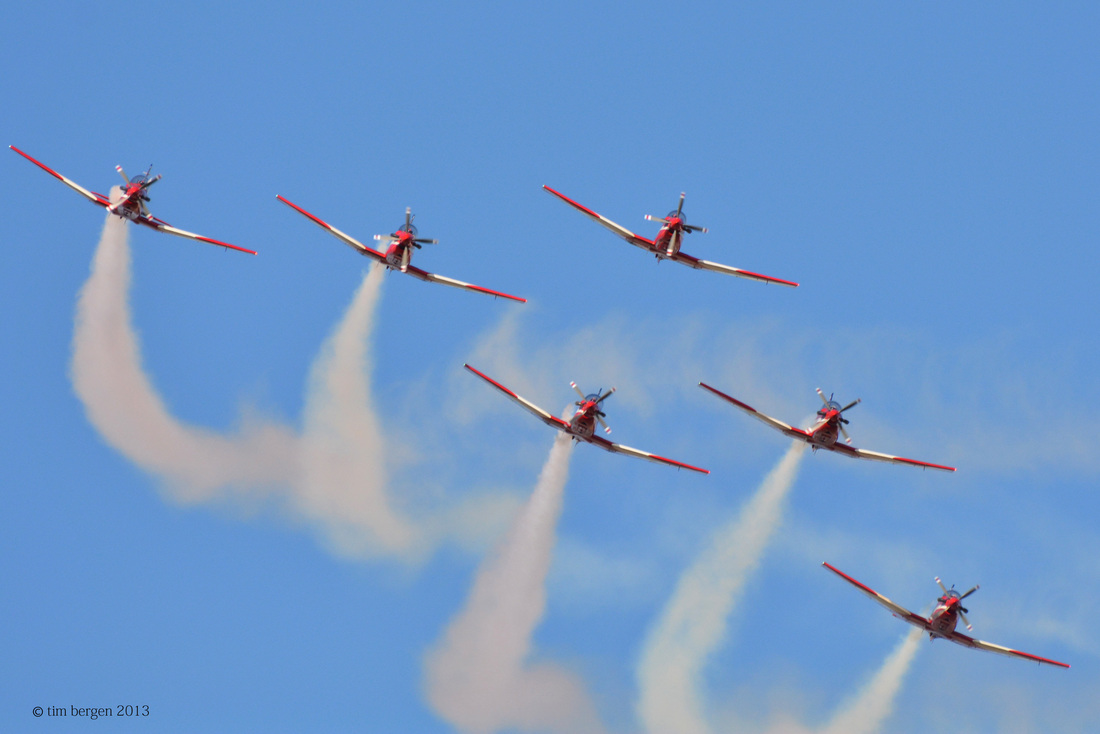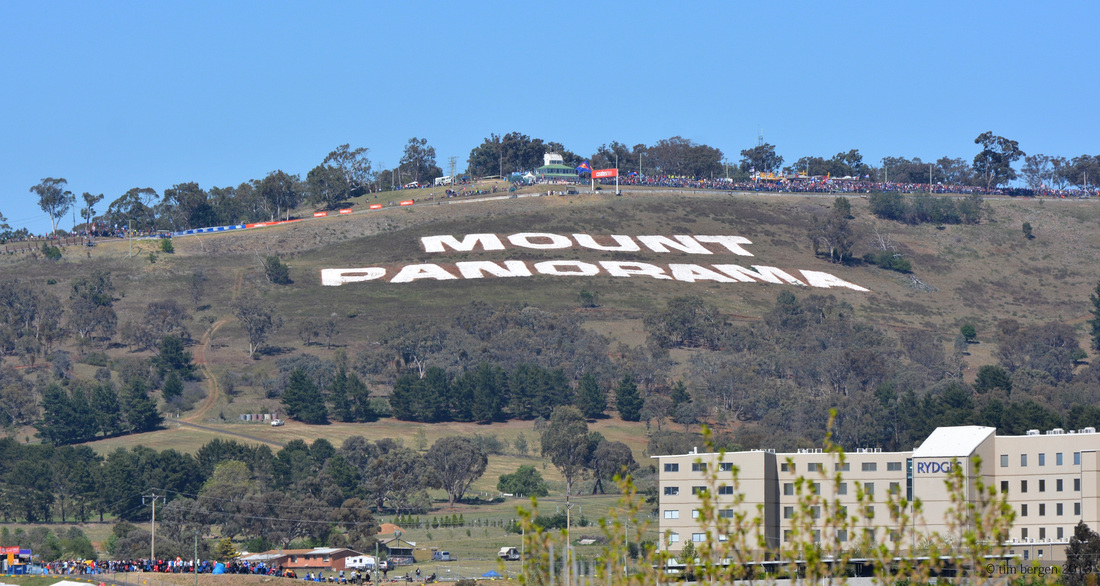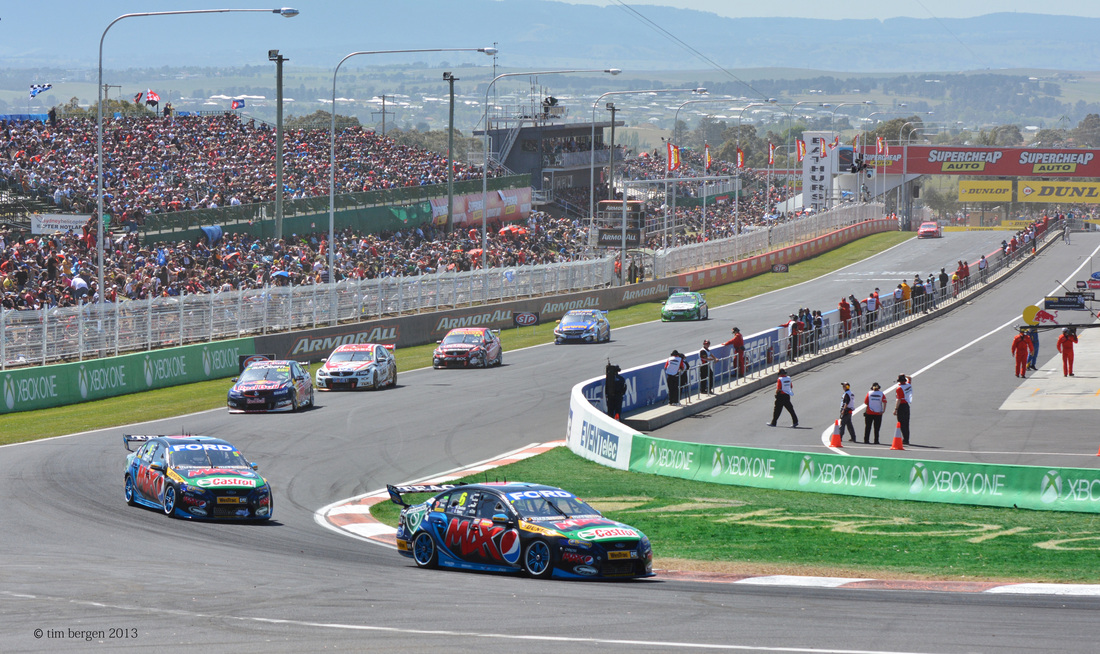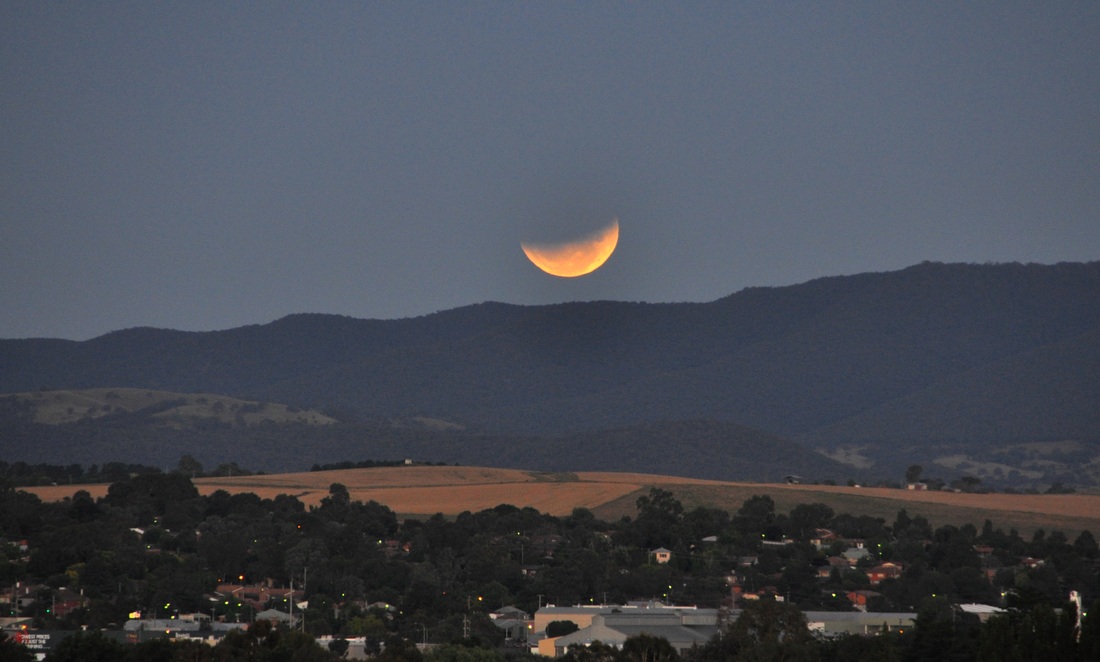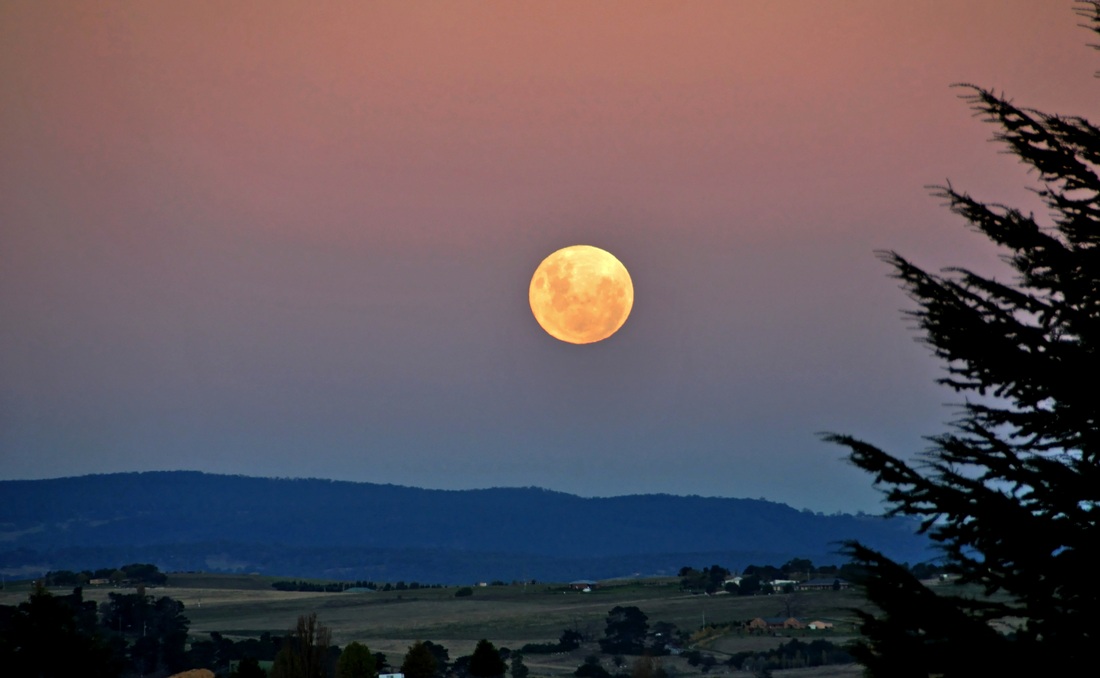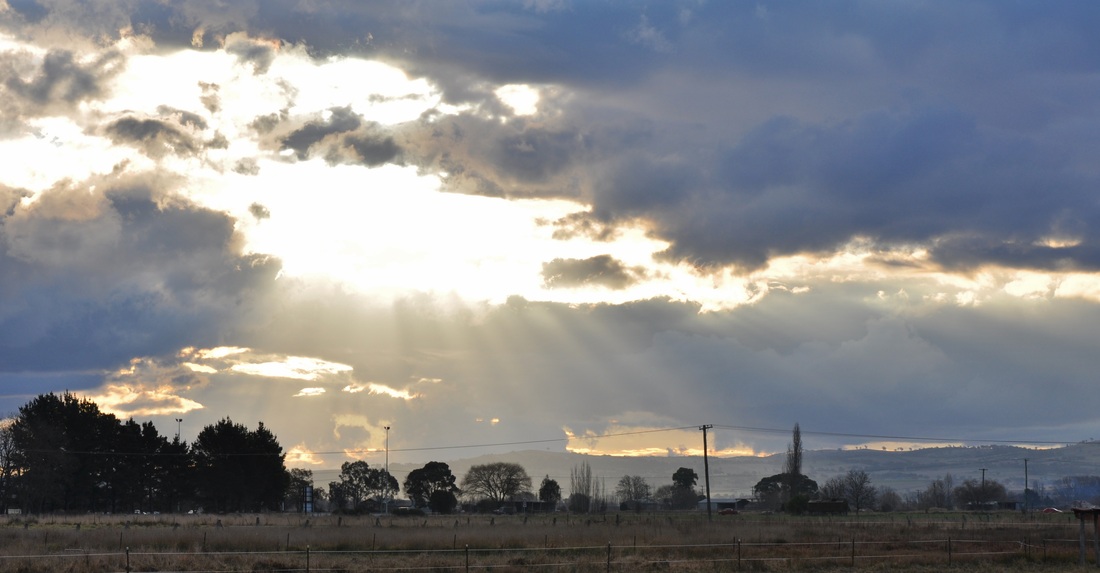Bathurst
The Bathurst Plains are home of the Wiradjuri people. The first European to describe meeting the Wiradjuri was George Evans in 1813. He was the Assistant Surveyor General of New South Wales and had been sent by Governor Lachlan Macquarie to find a passage west to confirm the findings of Blaxland, Lawson and Wentworth, who had found a way over the Great Dividing Range earlier that year. Evans reached the site of present day Bathurst on 9th December 1813 . The river that formed where the Fish & Campbell joined, he named the Macquarie River, known to the Wiradjuri as the Wambool (winding river). William Cox built a road with convict labour from the west of Sydney, across the Blue Mountains to Bathurst in only 6 months and built a government depot on the western side of the river in 1814. In 1815 Governor Macquarie travelled the road to Bathurst & on 7th May 1815 proclaimed the future town of Bathurst, naming it after the then Secretary of State for War and the Colonies, Henry Bathurst, 3rd Earl of Bathurst.
The initial settlement was on the eastern side of the river when 10 men were given 50 acres of land each (one of whom was a Thomas Kite, who's son built Woolstone House in 1870 to replace the cottage Thomas built in 1840). Conflict between white settlers & the local Wiradjuri broke out in the 1820's as the Wiradjuri were pushed into places where bush food was scarce. They saw an abundance of food around the white settlers & helped themselves, killing some sheep as there appeared to be more than enough to share. This led to some Wiradjuri being killed by some white settlers and then payback killings by the Wiradjuri in response. Hostility escalated with Wiradjuri resistance being led by a young warrior named Windradyne amongst others. Due to the ongoing hostilities, then Governor Brisbane declared martial law on 14 August 1824. The Commandant at Bathurst, Major Morisset, was given greater powers to deal with the Aborigines, troop numbers at Bathurst were increased to seventy-five, and magistrates were empowered to administer summary justice. With the armed settlers now backed by the military the violence quickly escalated, and the Wiradjuri were terrorised and killed in increasing numbers. While there were reports of massacres of warriors as they attempted to bury their dead, the main victims appear to have been the Wiradjuri women and children, shot, poisoned, and driven into gorges. Recent estimates suggest that between a quarter and a third of the Wiradjuri in the Bathurst region were killed during these hostilities.
With the loss of so many warriors and the severe damage caused to their society, Windradyne gathered the Wiradjuri and determined to meet with Governor Brisbane to seek a formal end to hostilities. It was customary at the time for the Governor to hold an annual feast or conference for the Aboriginal people in late December in the marketplace at Parramatta. The Wiradjuri, led by Windradyne, travelled nearly 200 kilometres across the mountains to attend the feast on Tuesday 28 December 1824, with Windradyne becoming the focus of attention and receiving a formal pardon from Brisbane. The Sydney Gazette reported:
“... There appeared to be 7 or 8 different tribes that flocked in from various quarters of the Colony ...at about noon there were nearly 260 men and women in a circle, exclusive of numbers of fine children. Between one and two o'clock, a reinforcement of the Bathurst tribe arrived, which was supposed to have increased the number to near upon 400 ... This was the first conference, we believe, in which any of the New-country tribes deigned to visit the feast; but, upon occasion of the amicable intercourse lately re-established between them and the Bathurst settlers, they were induced to break through all fear, and behold those wonders ...
What contributed to give peculiar interest to the scene was the circumstance of the noted Saturday (Wyndradyne) being at the head of his tribe. ... Saturday is, without doubt, the most manly black native we have ever beheld—a fact pretty generally acknowledged by the numbers that saw him".
Governor Brisbane wrote a report to Earl Bathurst “... I am most happy to have it in my power to report to Your Lordship that Saturday, their great and most warlike Chieftain, has been with me to receive his pardon and that He, with most of His Tribe, attended the annual conference."
And so began the European settlement of the town of Bathurst, New South Wales...
The initial settlement was on the eastern side of the river when 10 men were given 50 acres of land each (one of whom was a Thomas Kite, who's son built Woolstone House in 1870 to replace the cottage Thomas built in 1840). Conflict between white settlers & the local Wiradjuri broke out in the 1820's as the Wiradjuri were pushed into places where bush food was scarce. They saw an abundance of food around the white settlers & helped themselves, killing some sheep as there appeared to be more than enough to share. This led to some Wiradjuri being killed by some white settlers and then payback killings by the Wiradjuri in response. Hostility escalated with Wiradjuri resistance being led by a young warrior named Windradyne amongst others. Due to the ongoing hostilities, then Governor Brisbane declared martial law on 14 August 1824. The Commandant at Bathurst, Major Morisset, was given greater powers to deal with the Aborigines, troop numbers at Bathurst were increased to seventy-five, and magistrates were empowered to administer summary justice. With the armed settlers now backed by the military the violence quickly escalated, and the Wiradjuri were terrorised and killed in increasing numbers. While there were reports of massacres of warriors as they attempted to bury their dead, the main victims appear to have been the Wiradjuri women and children, shot, poisoned, and driven into gorges. Recent estimates suggest that between a quarter and a third of the Wiradjuri in the Bathurst region were killed during these hostilities.
With the loss of so many warriors and the severe damage caused to their society, Windradyne gathered the Wiradjuri and determined to meet with Governor Brisbane to seek a formal end to hostilities. It was customary at the time for the Governor to hold an annual feast or conference for the Aboriginal people in late December in the marketplace at Parramatta. The Wiradjuri, led by Windradyne, travelled nearly 200 kilometres across the mountains to attend the feast on Tuesday 28 December 1824, with Windradyne becoming the focus of attention and receiving a formal pardon from Brisbane. The Sydney Gazette reported:
“... There appeared to be 7 or 8 different tribes that flocked in from various quarters of the Colony ...at about noon there were nearly 260 men and women in a circle, exclusive of numbers of fine children. Between one and two o'clock, a reinforcement of the Bathurst tribe arrived, which was supposed to have increased the number to near upon 400 ... This was the first conference, we believe, in which any of the New-country tribes deigned to visit the feast; but, upon occasion of the amicable intercourse lately re-established between them and the Bathurst settlers, they were induced to break through all fear, and behold those wonders ...
What contributed to give peculiar interest to the scene was the circumstance of the noted Saturday (Wyndradyne) being at the head of his tribe. ... Saturday is, without doubt, the most manly black native we have ever beheld—a fact pretty generally acknowledged by the numbers that saw him".
Governor Brisbane wrote a report to Earl Bathurst “... I am most happy to have it in my power to report to Your Lordship that Saturday, their great and most warlike Chieftain, has been with me to receive his pardon and that He, with most of His Tribe, attended the annual conference."
And so began the European settlement of the town of Bathurst, New South Wales...


